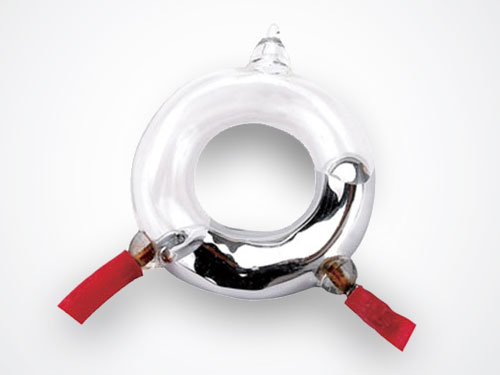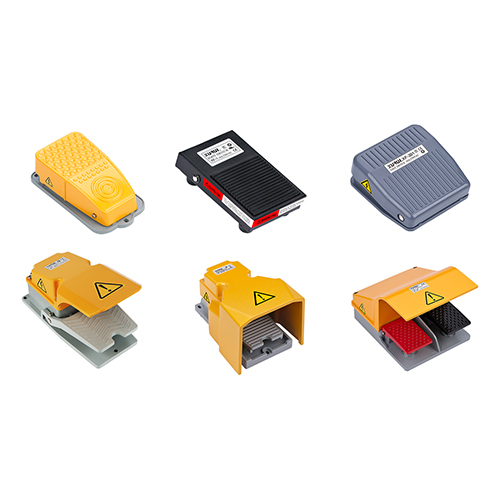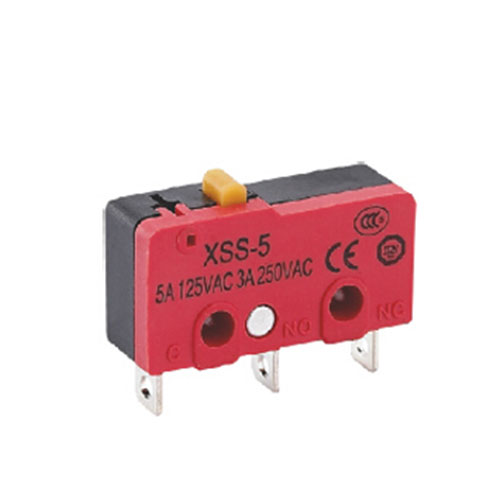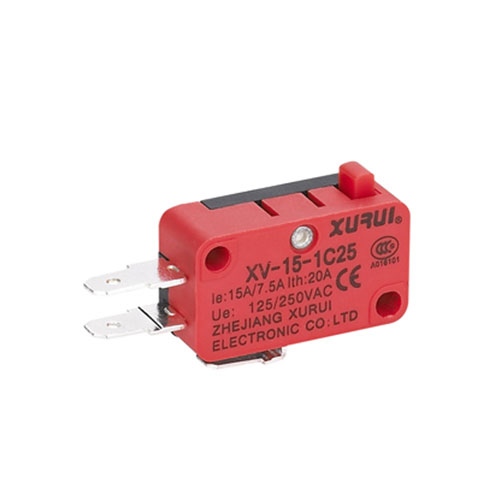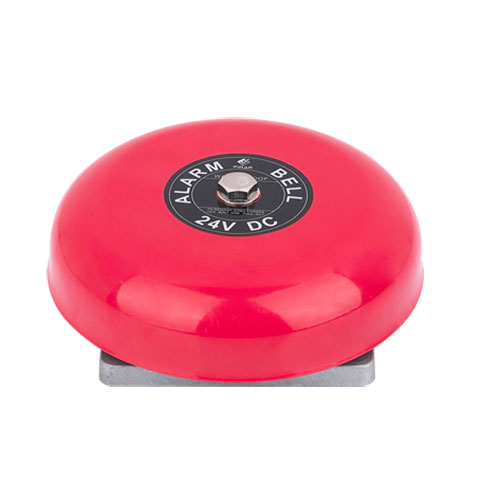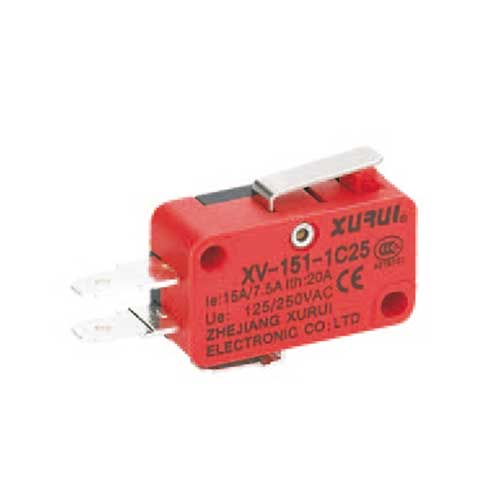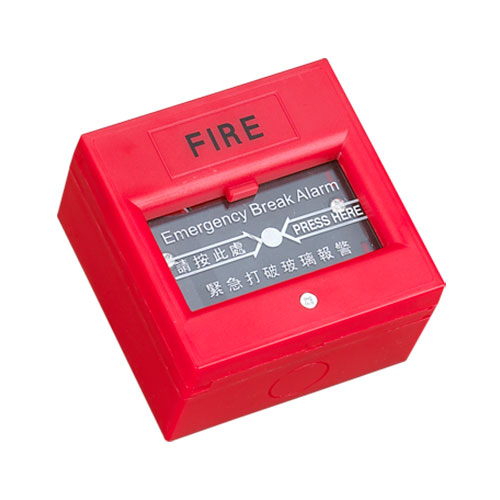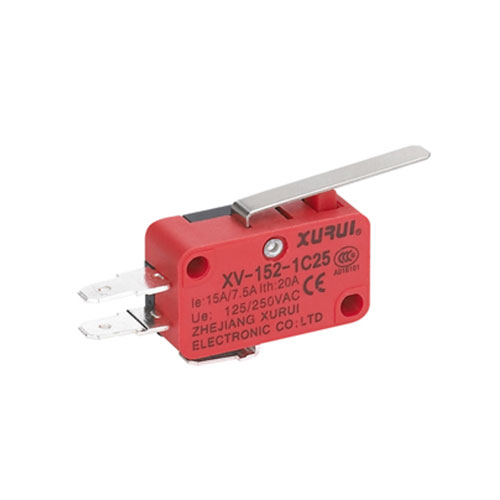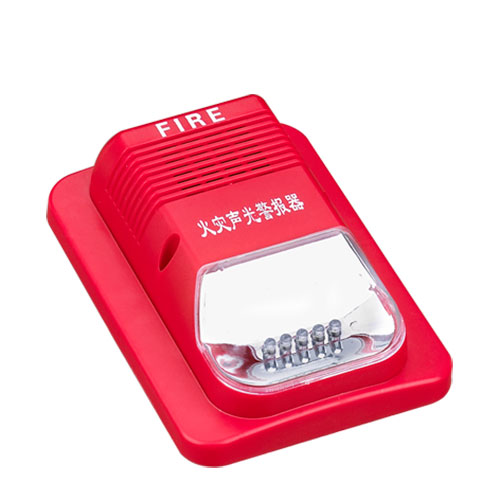A solid-state relay (SSR) is a contactless switch comprising microelectronic circuits, discrete electronic devices, and power semiconductor components. Unlike traditional mechanical relays, solid-state relays have no moving parts and use semiconductor devices (such as transistors or bipolar devices) to implement the switching function. They are generally more reliable and durable and can operate over a more comprehensive temperature range.
How do solid-state relays work?
Solid-state relays work similarly to transistors. It uses a semiconductor device (usually a silicon-controlled rectifier or a triac) to control the current flow. When a control signal is applied to the control terminal of the relay, these semiconductor devices will conduct, allowing current to flow through the load terminal of the relay. Conversely, when the control signal disappears, these semiconductor devices shut down, stopping the flow of current.
This electronic switching principle allows solid-state relays to respond quickly while requiring no mechanical parts, making them more reliable and durable.
What are the different types of solid-state relays?
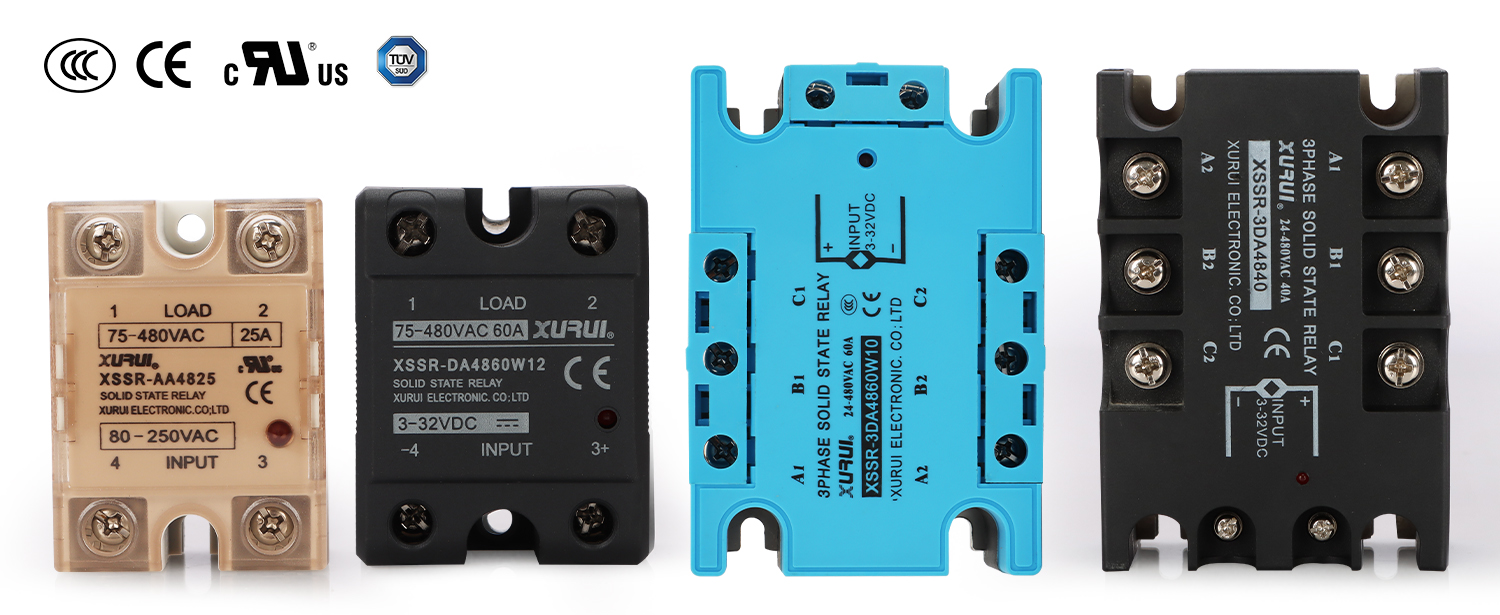
Types of Solid State Relays:
Based on the number of phases:
Single-phase SSR: Controls only one phase of an electrical circuit, used in single-phase circuits.
Dual-phase SSR: Capable of controlling two circuits. Used in dual or multiple circuit applications.
Three-phase SSR: Controls three circuits, used in three-phase circuits.
Based on voltage type:
AC Solid State Relay: Used in circuits where the load operates on alternating current.
DC SSR: Used in circuits where the load operates on direct current.
Based on triggering type:
Zero-cross SSR: Switches only when the AC voltage crosses zero, minimizing current transients.
Non-zero-cross SSR: Can switch at any point in the AC waveform, regardless of the zero-cross condition.
Why are heat sinks needed?
Solid-state relays generate a certain amount of heat when operating, mainly due to the resistance of the semiconductor device. While solid-state relays generally generate less heat than mechanical relays, heat can still build up under high power or extended use.
The function of the heat sink is to dissipate the heat generated by the solid-state relay to the surrounding environment to prevent the relay from overheating and damage. If a solid-state relay is exposed to high temperatures for a long time, its performance may be affected or even cause failure.
When selecting a solid-state relay, what key factors should be considered?
1. Load Requirements: Determine the type of load and the range of load current/voltage you need to control. Ensure that the rated parameters of the solid-state relay meet your application requirements.
2. Electrical Characteristics: Consider the rated voltage, current, maximum withstand voltage, insulation rating, and other electrical characteristics to ensure compatibility with your circuit and reliable operation.
3. Load Type: Choose the appropriate solid-state relay based on the type of load. For example, choose an AC type for AC loads and a DC type for DC loads, and select a relay with the appropriate current specifications according to the type of load.
4. Control Input: Determine your control signal type (e.g., DC control, AC control) and the required control voltage range. When selecting a solid-state relay, ensure its input characteristics match your control signal.
5. Environmental Conditions: Consider the conditions where the solid-state relay will be installed, including temperature range, humidity, vibration, and degree of contamination. Choose a solid-state relay with appropriate environmental adaptability.
6. Reliability and Lifespan: Choose a reputable brand known for reliability, and check the expected lifespan and warranty policy of the product.
7. Safety Certification: Ensure that the selected solid-state relay complies with applicable safety certification standards, such as UL, TUV, CE, etc.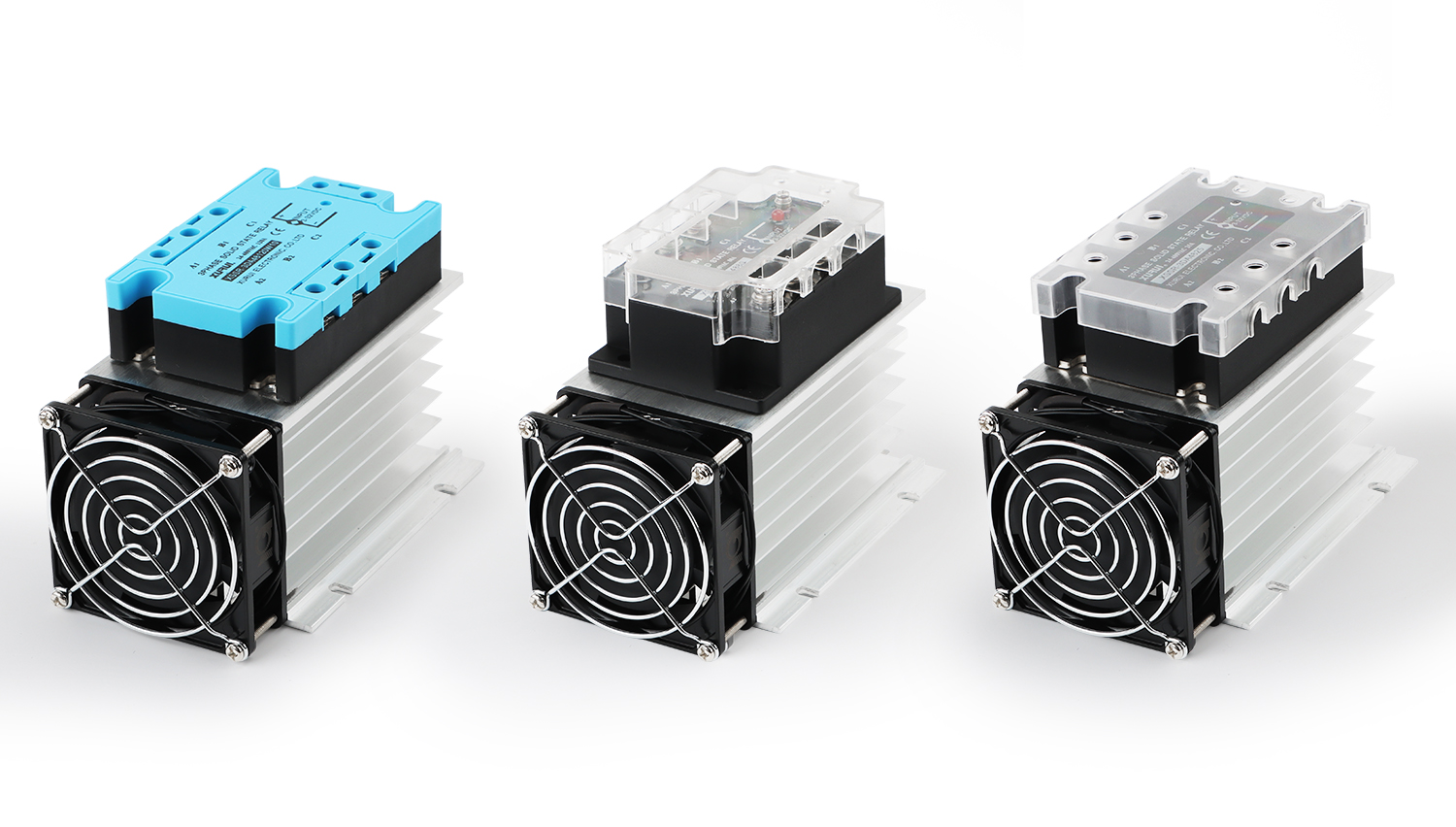
How do you maintain a solid state relay?
To maintain a solid-state relay, follow these steps:
1. Regular Cleaning: Periodically clean the exterior and ventilation holes of the solid-state relay to prevent dust and debris buildup, which can affect heat dissipation and electrical connections.
2. Avoid Overloading: Ensure that the load on the solid-state relay does not exceed its rated parameters to prevent overload damage to the device.
3. Avoid Moisture: Install solid-state relays in dry, well-ventilated environments to avoid prolonged exposure to moisture or corrosive gases.
4. Prevent Overheating: Ensure that the solid-state relay does not overheat during operation by implementing appropriate heat dissipation designs, avoiding blocked ventilation holes, and preventing prolonged operation under high loads.
5. Regular Inspection: Periodically inspect the connection bolts, terminals, and insulation of the solid-state relay to ensur
e proper connections and detect any abnormalities.
6. Keep the Environment Clean: Ensure that the area surrounding the solid-state relay remains clean and free of debris to prevent dust buildup and ingress into the device.
By implementing these maintenance methods, you can extend the lifespan of solid-state relays and ensure they operate reliably.


